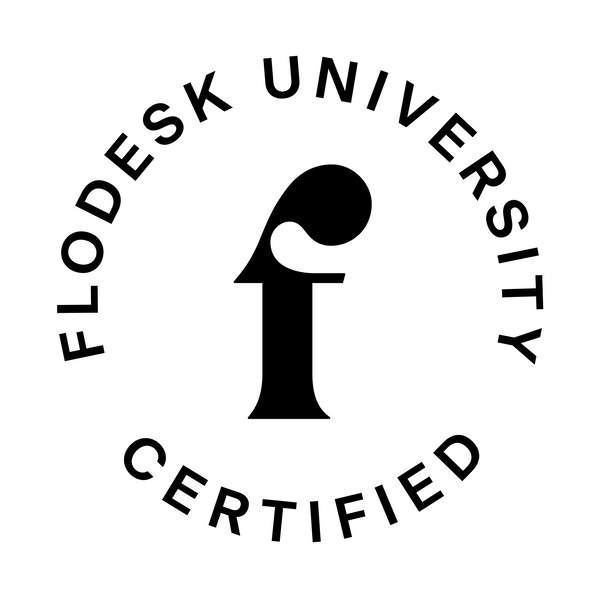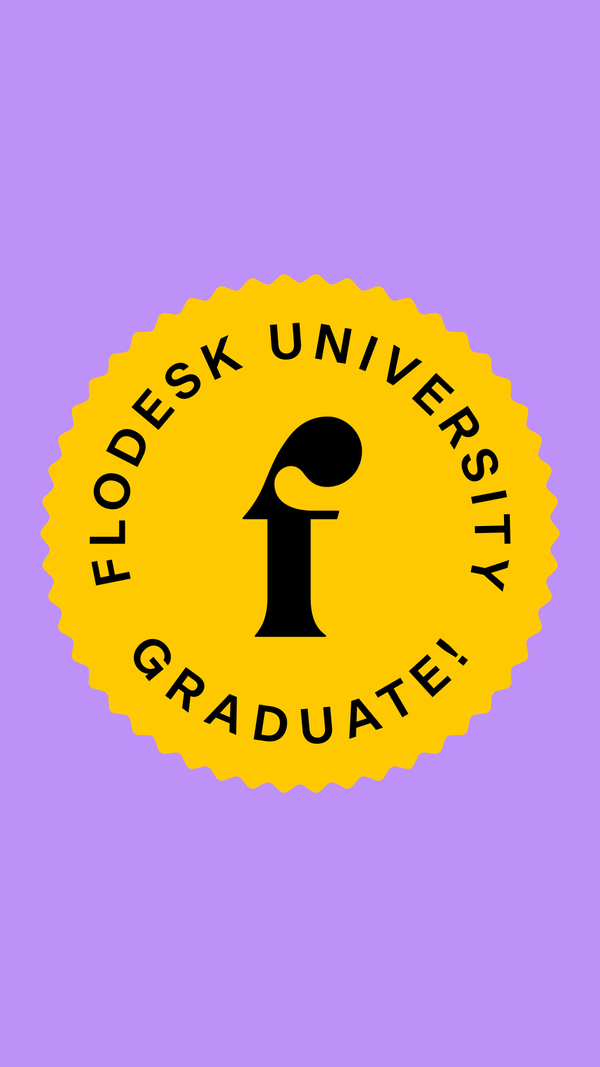*As a small business owner, there may come a time when you need to respond to upset customers or issue a statement in response to current events. What should you say and how do you say it? Michele Perry, Founder of Designed to Thrive Creative, has a passion for seamless communication and is sharing everything you need to know about communicating in crisis.
Here's Michele with five key ways to navigate crisis communications:*
In this course, we will go through five things to keep in mind when dealing with crisis communications. First, let me tell you how I came upon these five keys. From 2006 to 2013, I lived and worked in the world's youngest nation of South Sudan. I worked with several indigenous leaders and set up local works that were helping to rescue children out of situations where they were being exploited. So, I lived in crisis pretty much for those seven years. It was intense. I learned some keys to making communication effective when people are feeling stressed and anxious and all the things that get your brain chemistry going where it's hard to focus.
So here are the five keys that I learned that make crisis communications more effective. It's something you can implement today, right in the middle of your email strategy. The five keys are: keep it clear, concise, connected, collaborative, and compassionate.
Tip 1: Keep it clear
There is a lot of ambiguity and misunderstanding that happens when people are in crisis mode. Sometimes it isn't easy to sift through what is accurate, facts, and opinion. If you're using terminology in your email or words that could be interpreted more than one way, it's helpful to let your audience know how you're using them by defining the terms. That helps us in our reasoning process not read something and then jump to the conclusion that may or may not be anywhere near what you meant to say. So, be really clear and define your terms.
Tip 2: Be concise
I struggle with this one because I'm wordy but be concise, like don't write me a term paper or a novel. If there's a crisis mode going on and the people that are your readers are affected by it, bullet points are helpful. Being concise doesn't mean that you must edit out what you need to say. It simply means you need to word it succinctly. Another tip within the email itself is if you're keeping your email concise, but you feel like there will be a segment of your audience that would want to read more about a bullet point. You can always link that to a blog post or to a special page where people can go and read more at their leisure. But when it comes to incoming content coming into their inbox, into their streams, and this all applies way more than just email marketing, being direct and concise will help people stay with you and not just click over to whatever's next.
Tip 3: Connected
How many of you schedule your emails? I do too. What happens when you've got a month, maybe even a quarter if you're a real go-getter, scheduled out, and then a crisis hits. One of your scheduled emails goes out and says something that people misinterpret as being insensitive or unaware. You weren't insensitive. You just scheduled it and wrote it before the crisis happened, right? Your email and marketing content must connect in the way that you want it to. If you have anything scheduled, give it a scan, and make sure that it doesn't have any collateral meanings that confuse people. Confirm the material is still relevant and the best way to say something because if a crisis happened between when you wrote it and when you sent it—that could turn into a huge problem.
Tip 4: Collaborative
If people are finding the content you're sending hard to access, maybe they have to read through, and it goes into the concise level, and they have to read through a bunch of text. The more you can create a collaborative experience with your readers and give them options about where they want to go and how much they want to read. Add buttons, links, and some of the layouts that Flodesk has, the better a reader user brand experience that your audience will have. So, when I say collaborative, I mean climb inside their shoes. Think about if you were in their situation hypothetically getting your email, would you feel like you were getting to have a conversation, or were you feeling like you were getting to be talked at? Nobody that I know likes to be talked at. I know I don't.
Tip 5: Compassionate
We must be aware of our tonality and how what we're saying comes across. My momma always told me it's not what you say. It's how you say it. There's a lot of truth in that. Think of adding in soft edges. Remember, communication that's written is static. Over 90% of communication is non-verbal. In video or person, you have more context clues. You can see body movement, eyes, and emotion and interpret what is being said in the context of what you see. Well, you can't do that in an email unless you do it intentionally, as the author, the creator of the email. You can use emojis. You can use bolding or italicizing text. You can go back and soften the edges of your tone because it's already going to be way more direct and robust seeming within the context when it's written, and it's static. So, it's okay to soften some of those edges and still be direct and concise.
Remember, if you find yourself in the middle of a crisis, like the year 2020 or beyond, yeah. Keeping things clear, concise, connected, collaborative with your clients and your readers, and compassionate will help you really get to the heart of what email marketing is all about, which isn't about the email; it's all about the relationship. I will see you guys in and around the web.
If you'd like to come and make comments or message me or email me, please do that. If you have questions and want to talk about something further or something that wasn't clear, get in touch with me. I always love having you land in my inbox. It makes my day. So, thank you.
What to Watch Next
5 Steps to a Memorable Client Experience (for More Referrals & Repeat Clients)
What Is Branding: Mastering the 3-Part Formula Backed by Science










